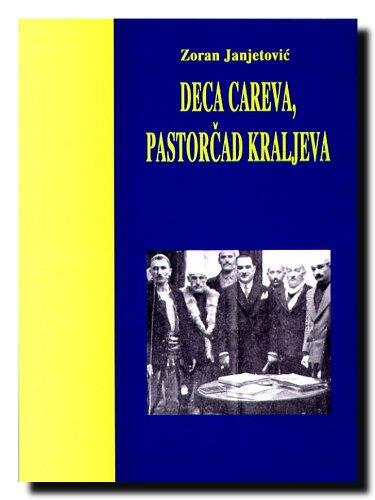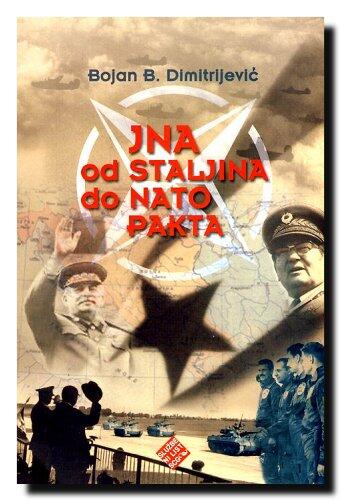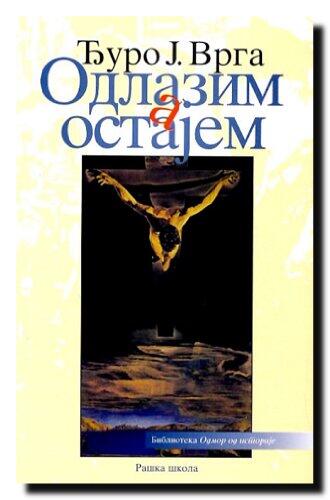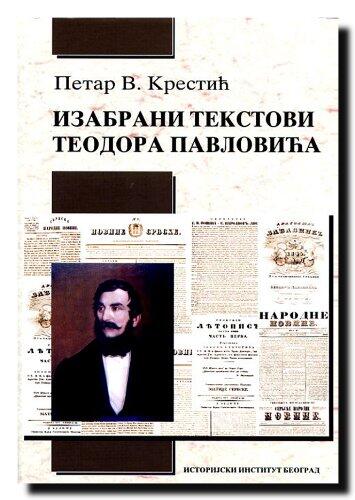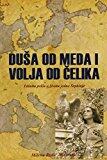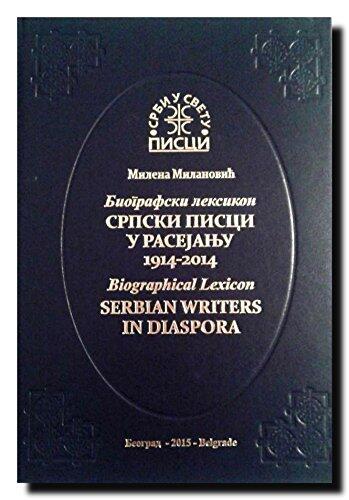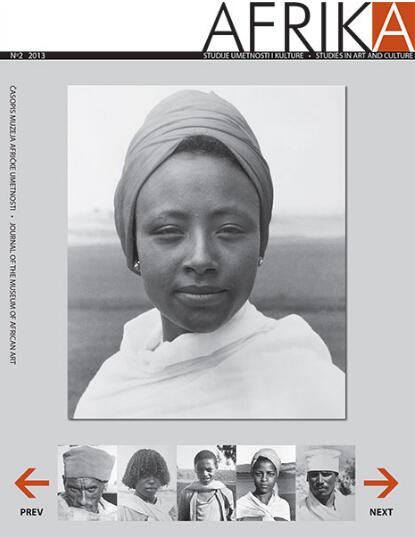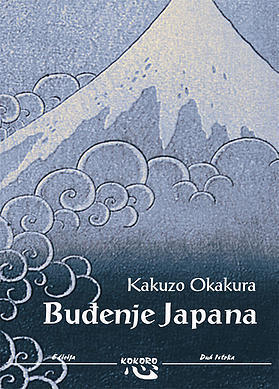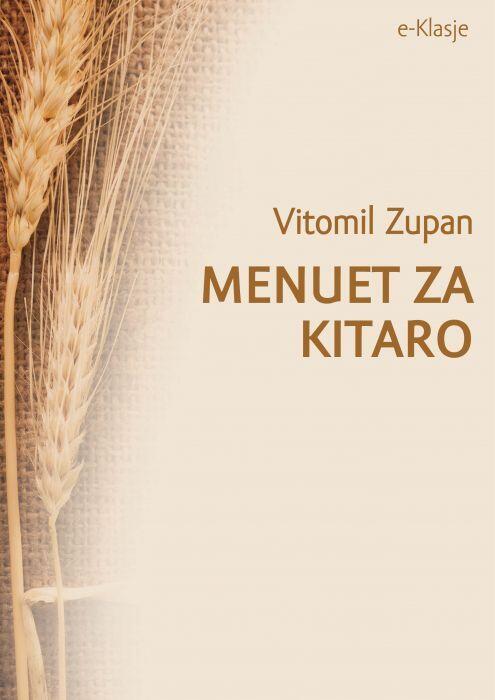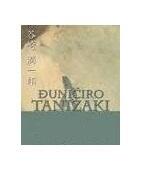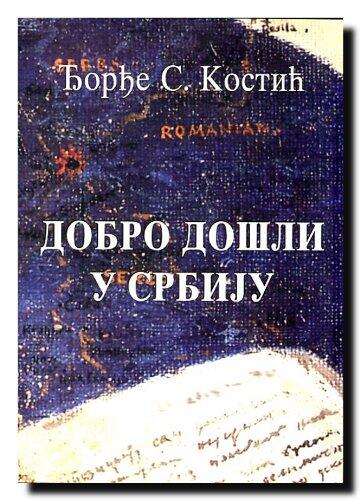
Dobro dosli u Srbiju : Kraljevina Srbija u nemackim vodicima za putnike : 1892-1914
由
Đorđe S. Kostić
还没有评分
History
Travel
格式
平装书
页数
176
语言
塞尔维亚语
已发布
Jan 1, 2006
出版商
Evoluta Beograd
版本
Biblioteka Hipatija
ISBN-10
8685957117
ISBN-13
9788685957116
描述
This fascinating exploration delves into the rich tapestry of early 20th-century travel literature, focusing on the Kingdom of Serbia as depicted by German guidebooks from 1892 to 1914. Through meticulous research, the author unwraps the historical context and cultural perceptions that German travelers carried with them when they ventured into the Balkans. Kostić unveils not only the geography and landmarks of Serbia during this period but also the evolving dynamics of international relations that shaped the narrative of travel.
The book provides insight into how these guidebooks portrayed Serbia to an audience eager to understand a region often shrouded in mystery. Readers can expect to find a blend of descriptive accounts, revealing the landscapes, traditions, and hospitality of the Serbian people, all presented through the lens of foreign perspectives. Each chapter carefully navigates through the assumptions and impressions held by travelers, contrasting their expectations with the realities they encountered.
With a thorough bibliographical section, Kostić draws attention to the importance of these historical texts in understanding both Serbian and European identities. By analyzing the content of these guidebooks, he emphasizes how travel writing can serve as a mirror reflecting societal views and biases of the era. The author effectively connects the past to the present, illuminating the significance of these narratives in contemporary discussions about identity and cultural exchange.
Overall, this work stands as a significant contribution to the fields of history, tourism studies, and cultural analysis, inviting readers to appreciate the intricate relationships forged through travel and the enduring impact these early impressions had on perceptions of Serbia in the Western world.
The book provides insight into how these guidebooks portrayed Serbia to an audience eager to understand a region often shrouded in mystery. Readers can expect to find a blend of descriptive accounts, revealing the landscapes, traditions, and hospitality of the Serbian people, all presented through the lens of foreign perspectives. Each chapter carefully navigates through the assumptions and impressions held by travelers, contrasting their expectations with the realities they encountered.
With a thorough bibliographical section, Kostić draws attention to the importance of these historical texts in understanding both Serbian and European identities. By analyzing the content of these guidebooks, he emphasizes how travel writing can serve as a mirror reflecting societal views and biases of the era. The author effectively connects the past to the present, illuminating the significance of these narratives in contemporary discussions about identity and cultural exchange.
Overall, this work stands as a significant contribution to the fields of history, tourism studies, and cultural analysis, inviting readers to appreciate the intricate relationships forged through travel and the enduring impact these early impressions had on perceptions of Serbia in the Western world.

